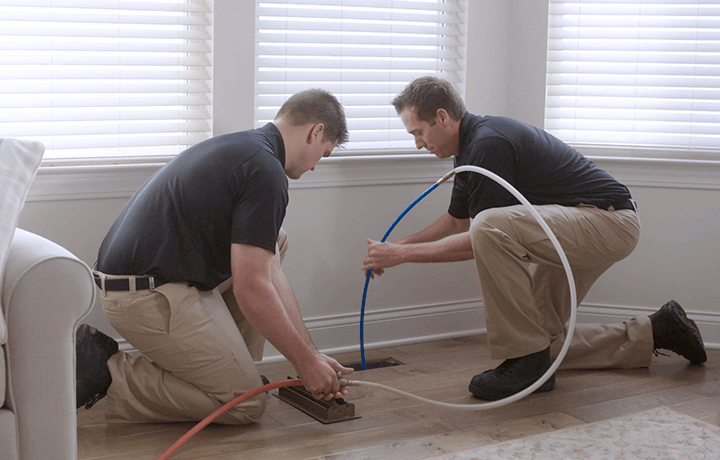For homeowners and business owners, understanding how to evacuate a HVAC system is crucial for maintaining the efficiency and longevity of your air conditioning units. If done incorrectly, it can lead to issues such as reduced cooling capacity and increased energy costs. This guide aims to provide a comprehensive step-by-step process, ensuring that your HVAC system performs optimally.

What is HVAC Evacuation?
Before diving into the steps of how to evacuate a HVAC system, it’s essential to understand what HVAC evacuation entails. HVAC evacuation refers to the process of removing air and moisture from the cooling system to prevent contaminants from affecting the performance of the system.
Why is HVAC Evacuation Important?
Evacuation is essential for several reasons:
- Prevents Moisture: Moisture can freeze, causing blockages and reducing efficiency.
- Removes Air: Air can cause corrosion and reduce the effectiveness of the refrigerant.
- Enhances Performance: A clean system performs better and uses less energy.
Required Tools and Equipment
To successfully evacuate a HVAC system, you will need:
- Vacuum Pump
- Manifold Gauge Set
- Micron Gauge
- Hoses
- Protective Gear
Ensure that all your tools are in good working condition to avoid any issues during the evacuation process.
Steps to Evacuate a HVAC System
Step 1: Turn Off the System
The first step in how to evacuate a HVAC system is turning off the system entirely. This includes disconnecting it from the power source to ensure safety.
Step 2: Connect the Manifold Gauge Set
Attach the manifold gauge set to the system’s service ports. Ensure you have a tight seal to avoid leaks.
Step 3: Connect the Vacuum Pump
Next, connect the vacuum pump to the manifold gauge set. Make sure all connections are secure before starting the pump.
Step 4: Evacuate the System
Turn on the vacuum pump and let it run until the micron gauge shows a reading below 500 microns. This could take several hours, depending on the size of your HVAC system.
Step 5: Close the Valve
Once the desired micron level is reached, close the valve on the manifold gauge set and turn off the vacuum pump.
Step 6: Monitor the System
Observe the micron gauge for at least 30 minutes. If the pressure remains stable, the evacuation was successful. If it rises, there may be a leak.
Common Mistakes to Avoid
When evacuating a HVAC system, avoid the following:
- Skipping the Micron Gauge: Relying on a vacuum pump gauge alone is not sufficient.
- Rushing the Process: A proper evacuation can take several hours.
- Ignoring Leaks: Always check for and address leaks promptly.
Maintenance After Evacuation
Post-evacuation, it’s essential to maintain your HVAC system:
- Regular Checkups: Schedule periodic maintenance checks.
- Clean Filters: Replace or clean filters regularly.
- Monitor Performance: Keep an eye on energy bills and system performance.
Professional Help vs. DIY
While DIY evacuation is possible, hiring a professional can ensure the process is done correctly. Professionals have the right tools and expertise to hand le complex systems.
le complex systems.
Cost of HVAC Evacuation
The cost can vary based on the size of the system and the rates of professionals in your area. On average, professional evacuation can cost between $100 to $300.
FAQ Section
Q1: How often should I evacuate my HVAC system?
A1: Ideally, you should evacuate your system whenever you open it for repair or maintenance.
Q2: Can I use my HVAC system immediately after evacuation?
A2: Yes, once the evacuation is completed and the system is sealed, it is ready for use.
Q3: What happens if I don’t evacuate my HVAC system?
A3: Failure to evacuate can lead to moisture and air contaminants, reducing the system’s efficiency and lifespan.
For more detailed information on HVAC maintenance, you can visit EPA’s HVAC guidelines.